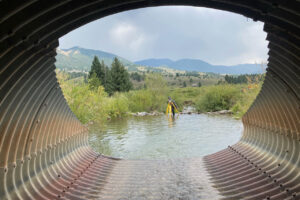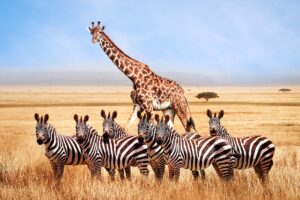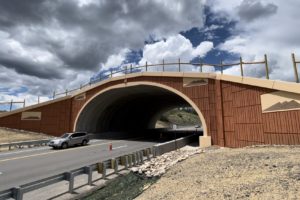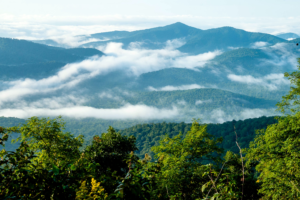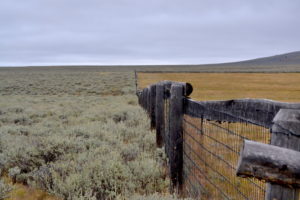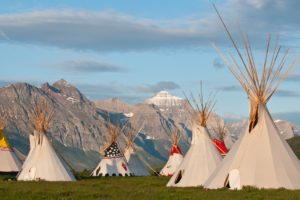Going with the Flow: Ensuring Safe Passage for Fish
Each year many fish species, like salmon, make the arduous journey upstream to the headwaters of rivers to spawn, laying thousands of eggs to ensure the continuation of their species. However, not all fish are successful. Some encounter dams too high to jump over, or culverts too shallow to swim through. Others may find that the water temperature at their favorite historical spawning ground is too warm or predators are too easily able to eat them or their eggs.
